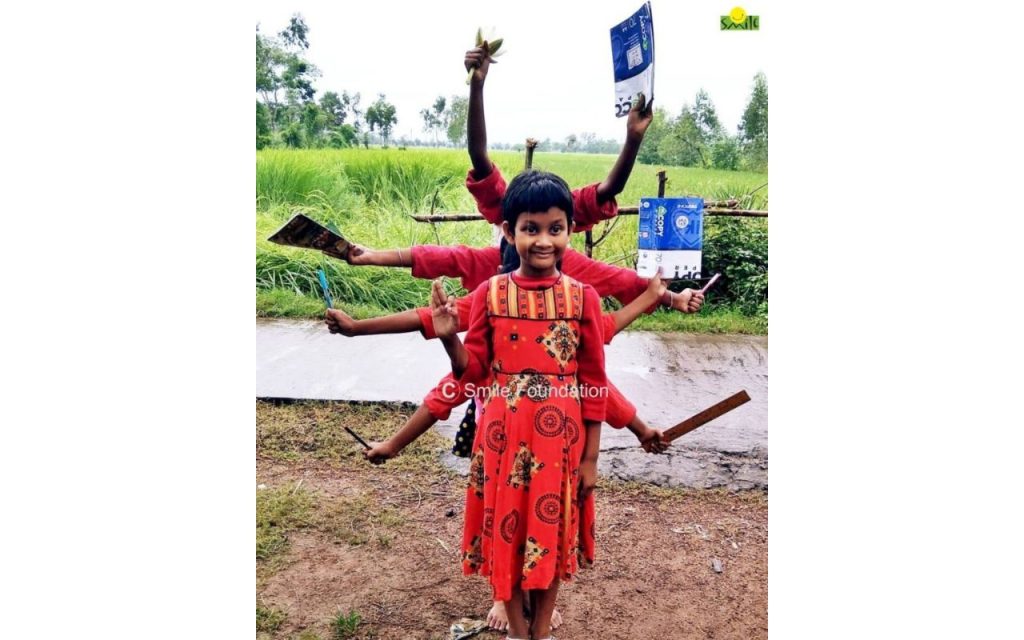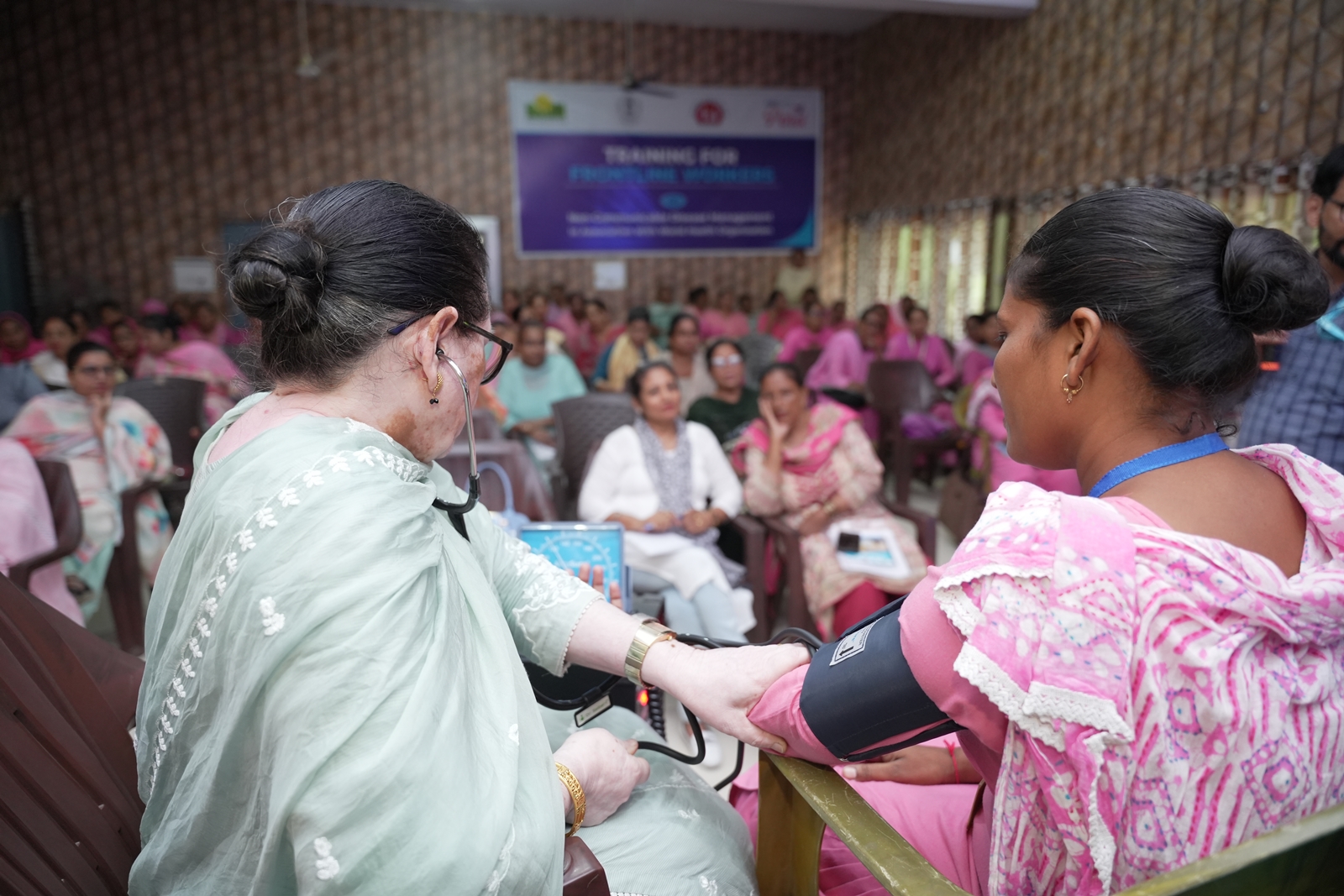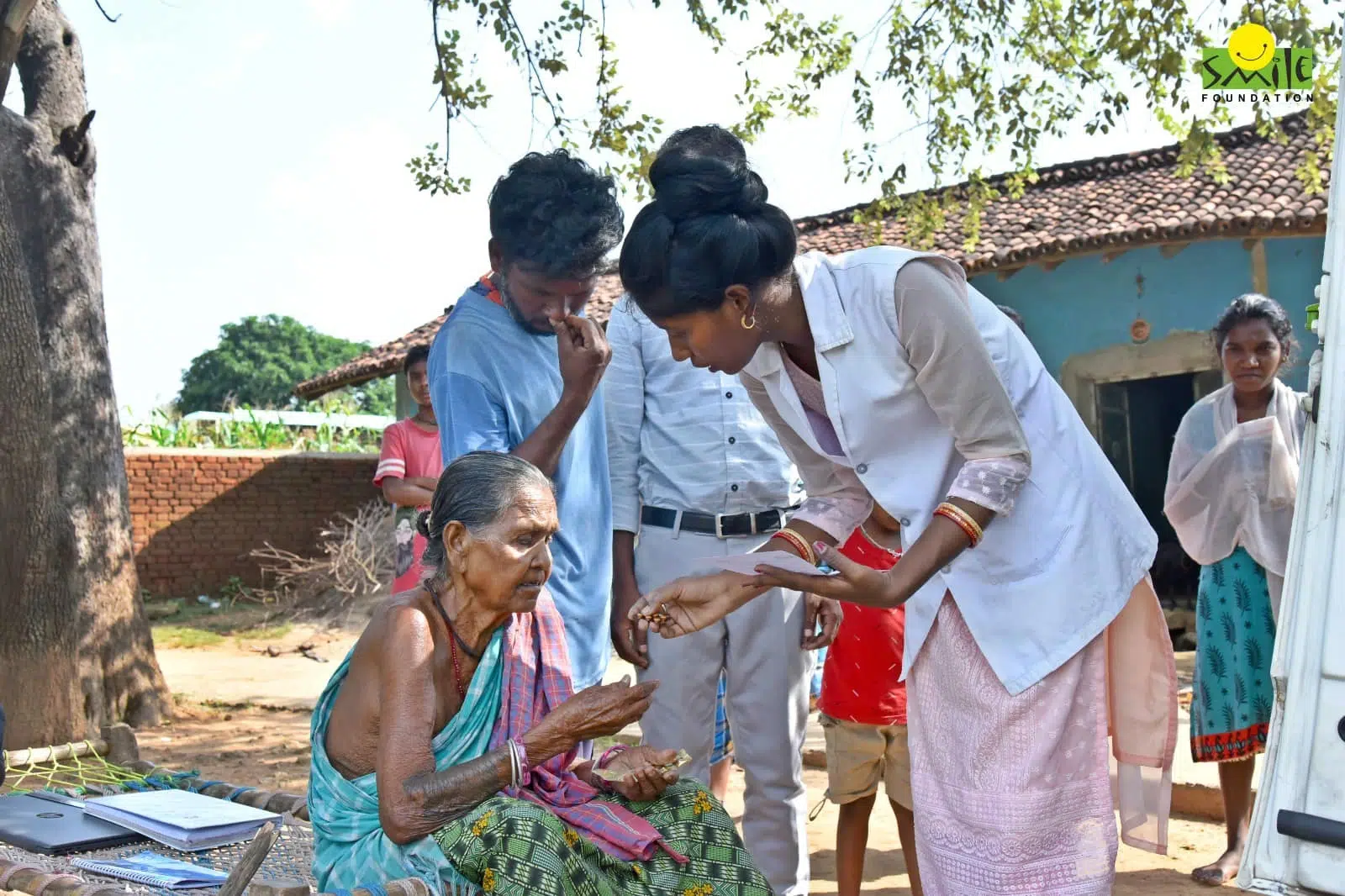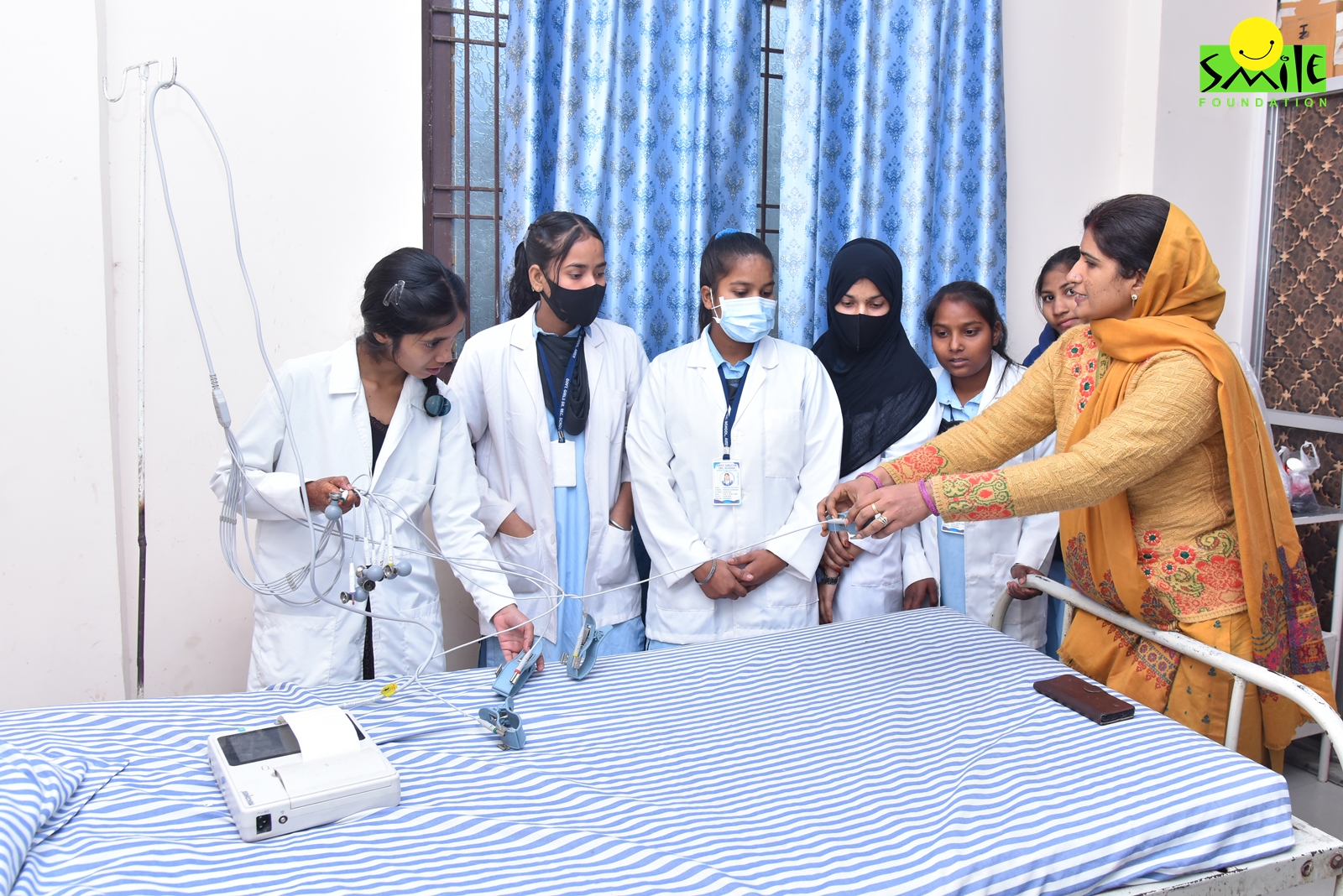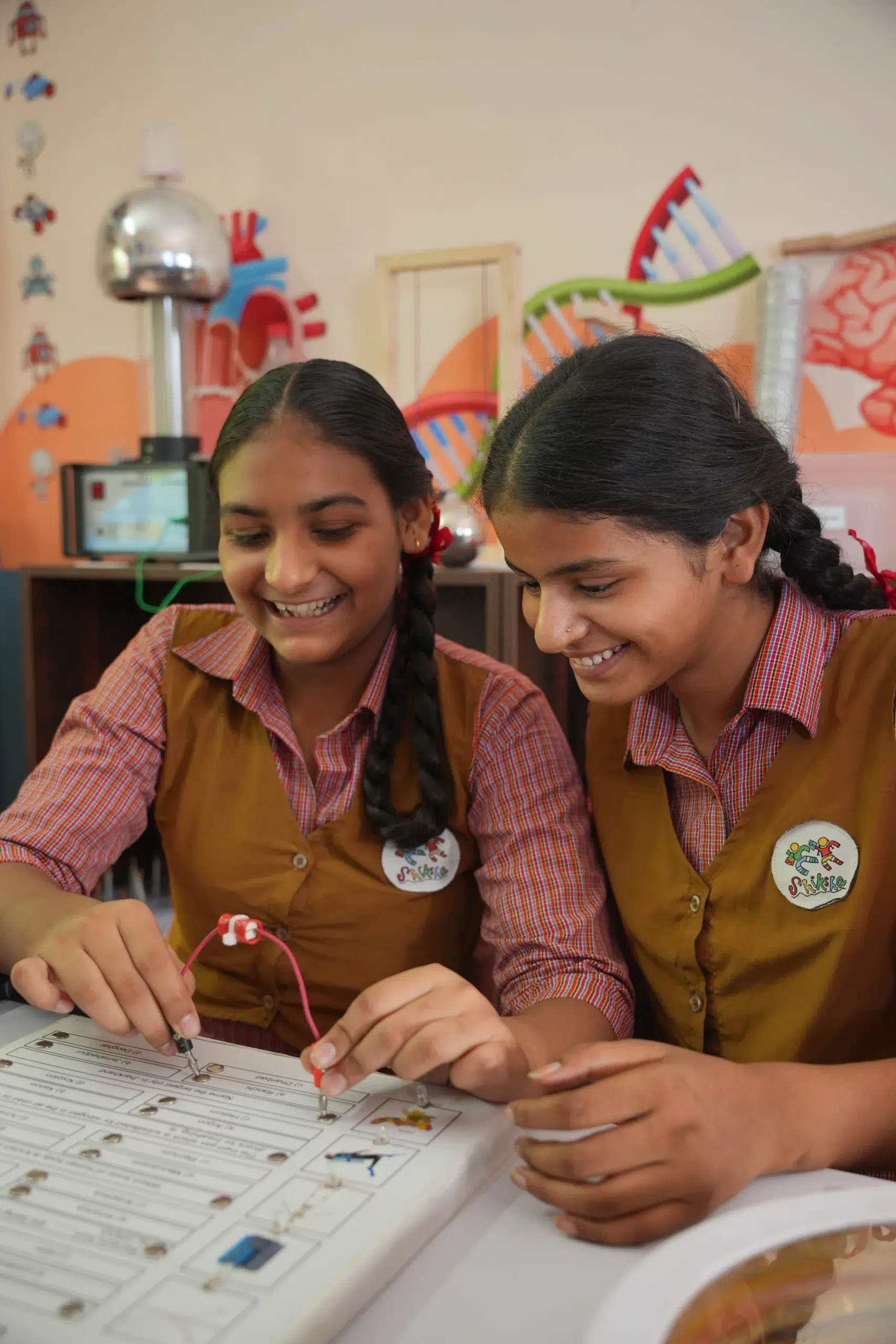When you think of some of the biggest festivals in India, you cannot miss Navratri and Dussehra. Navaratri– which literally translates to nine nights – is celebrated primarily in the northern region of the country by observing fast and praying to different forms of the goddess; in the east, particularly in West Bengal, the festival is celebrated as Durga Puja.
Pujo, as the Bengalis call it, is a grand celebration of the goddess which transcends religious boundaries. The festival celebrates the victory of Goddess Durga over the demon Mahishasura. The origins of Durga Puja can be traced back to the late 1500s, with the first grand worship of Goddess Durga recorded in Bengal. Over the centuries, the festival has evolved from a private affair of zamindars (landlords) to a community celebration that involves elaborate rituals, cultural performances and artistic displays.
The central feature of the festival is that beautiful idols of the goddess are installed in different locations where the devotees gather to offer their prayers, engage in cultural activities, etc. On the final day, the idol is taken to a nearby water body for immersion.
Durga Puja and Women Empowerment
Since the inception of the festival, the theme of women empowerment has been intrinsically linked with Pujo. First of all, it is the goddess who is worshipped and celebrated during the festival. Durga can be seen as a divine symbol of feminine strength, resilience and courage. This divine feminine energy, called Shakti, is revered in Indian culture.
Another name for Durga is Mahishasur Mardinior the slayer of the demon Mahishasura. The demon represents the forces of darkness and evil and the Shakti defeats him through her power and restores the balance in the universe.
A very unique tradition linked with the festival is that the soil from the courtyards of courtesans is used for the making of the idols. The practice is known as ‘punya mati´ which translates to ‘sacred soil’. A popular story behind this tradition is that a group of courtesans had once helped a leper who was actually Lord Shiva, following which they were blessed by him and he granted them the boon that no Durga idol will be considered without using the soil from a courtesan’s courtyard.
Whatever the story behind the practice may be, it symbolises that the festival honours and includes women from all walks of life, providing them dignity and respect that they deserve. In contemporary times, Durga Puja has continued to serve as a platform for promoting women’s rights and empowerment. Many pandals and cultural programmes during the festival focus on themes related to gender equality, women’s education and social justice.
Initiatives in 2024
Like every year, the Durga Puja pandals are being used for highlighting important social issues. A number of pandals in Kolkata are focusing on the theme of women empowerment. For example, the Dum Dum Park Yubak Brinda pandal is highlighting how handicrafts have provided livelihood to women living in rural areas. Similarly, Jodhpur Park Sarbojanin is showing the struggles of underprivileged women and how they overcome these struggles.
Beyond Kolkata, similar themes can also be seen in other parts of the country. In Delhi’s Chittaranjan Park, the Kali Mandir Durga Puja Samitiis dedicating its pandal to the memory of a woman doctor who was brutally murdered. The pandal aims to raise awareness of issues like women’s security.
There are several other pandals across the country that are focusing on different aspects of women empowerment and other issues related to women. Apart from that, the pandals are also known to innovate and use sustainable building practices. With lakhs of people visiting these pandals, the organisers understand the impact these initiatives can create.
Past Initiatives during Durga Puja
These initiatives are not isolated occurrences but it has been happening over the years. For example, Maruti Vihar Sarbojanin Durgotsav in Gurgaon had adopted the theme of Beti Bachao, Beti Padhao to highlight the importance of education for girl child. The pandal featured dark artworks representing female foeticide, gradually transforming into a brighter ambiance culminating at the idol of Goddess Durga, symbolising hope and empowerment.
The Durga Puja of Kolkata was also inscribed on UNESCO Representative List of the Intangible Cultural Heritage of Humanity in 2021. It was because of the importance of festivals in promoting inclusivity and social cohesion. These are small examples of the cultural and social significance of the festival and how its impact goes beyond the religious territory.
Durga Puja as a Festival of Hope
The festival symbolizes the victory of good over evil, the victory of feminine energy over demon kind and as it continues to evolve, it is becoming an effective platform for highlighting the ills in our society. By focusing on themes such as women empowerment and environmental sustainability, Durga Puja can continue to be a beacon of hope and a catalyst for social transformation.
The festival’s enduring relevance is proven by the fact that its popularity is only growing in other parts of the country and the world, not only among the Bengali community. Therefore, using it as a platform to highlight social issues, including the issue of equality and safety for women, can go a long way.
In conclusion, Durga Puja is much more than a religious festival; it is a celebration of women’s empowerment and a symbol of hope for a better future. By embracing themes of social justice and environmental sustainability, the festival can continue to inspire positive change and contribute to the creation of a more inclusive and equitable society.



